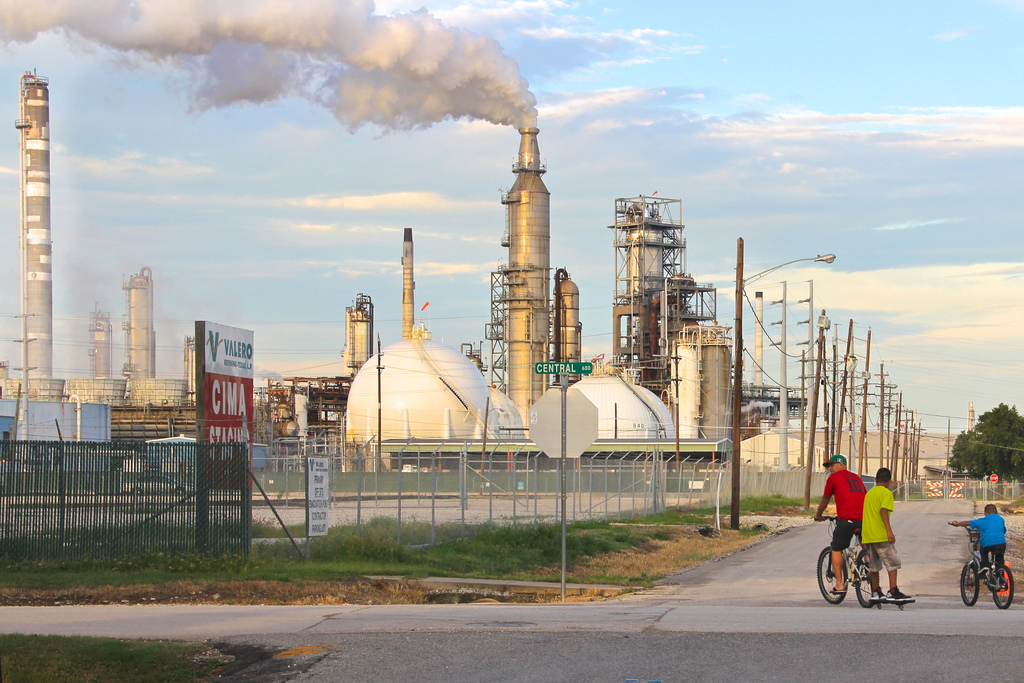In the 1970s, the Grassy Narrows Reserve in Canada, home of the Asusubpeeschoseewagong Anishinabek, discovered dangerous levels of mercury in the fish and water from their river. An investigation concluded that this was due to mercury dumping in the river from the Dryden paper mill located upstream.
Because mercury can cause serious health problems, such as brain and nerve damage, this discovery caused an immediate end to the Grassy Narrow First Nation’s ability to access clean water and participate in their traditional fishing economy. Overtime, the Grassy Narrows First Nation has seen brain and nerve damage impact their people.
Since the discovery, the Canadian government promised to assist the Grassy Narrows Reserve by removing the mercury from the river, but it has yet to do so. Making this promise without action, while at the same time recognizing the ongoing negative impacts of mercury on the Grassy Narrows people, has had detrimental impacts on the Grassy Narrows First Nation people across generations.
Most often, marginalized communities like Native peoples across the Americas are simply not considered in policy discussions that impact the environment (which is wrong), but sometimes they are left out on purpose. These policies have existed on Turtle Island since settlers arrived and began to harm Indigenous lands and peoples through clearing forests, dumping waste into waterways, extracting oil and natural gas from the ground, and taking from the earth without recognizing our reciprocal relationship with the land, water, animals, air, and plants.
These policies are not something that only impacts Indigenous people in the United States and Canada. It happens frequently in other countries that also have Indigenous communities. An example is the clear cutting of the Amazon Forest, where many Indigenous groups in Brazil live. The research has shown that a person’s race is a good predictor of how close they will live to a source of pollution. Living closer to pollution is related to an increased risk for a variety of health problems.
Dina Gilio-Whitaker, an Indigenous activist and author, says that when we center and land stewardship around Indigenous and human rights, we see better results than if we just focus on the environmental impact. Many non-Indigenous people see the land and water as something that does not deserve as much respect as humans deserve. Many Indigenous people know this is not true. By focusing on the impact environmental choices have on Indigenous people (and people in general), we can prevent governments, corporations, and other authorities from harming the land and water. We can also help protect humans and animals for generations to come.
Land Stewardship demands direct action. Organizing and calling representatives to make policy changes, protesting at pipelines, government buildings, and corporations, and donating to human-focused environmental causes are all ways in which we can seek land stewardship and sovereignty for our relatives whose communities, cultures, land, water, air and traditional ecological knowledge have been harmed by environmental policies.
To learn more about traditional ecological knowledge , consider checking out these resources:
- Why Some First Nation Reserves Don’t Have Clean Drinking Water
- Free Grassy Narrows
- The Climate Reality Project
- Book: As Long As the Grass Grows by Dina Gilio-Whitaker
- Book: Our History is Our Future by Nick Estes
- Secretary Haaland Supports Klamath Dam Removal in California
- What is Land Stewardship?
Originally from Oklahoma, Summer Lewis is a Muscogee and Seminole woman who works in Tribal public health. Summer is an MPH student at the University of California-Berkeley who will graduate in 2023. She enjoys baking, beading, and being outdoors.


